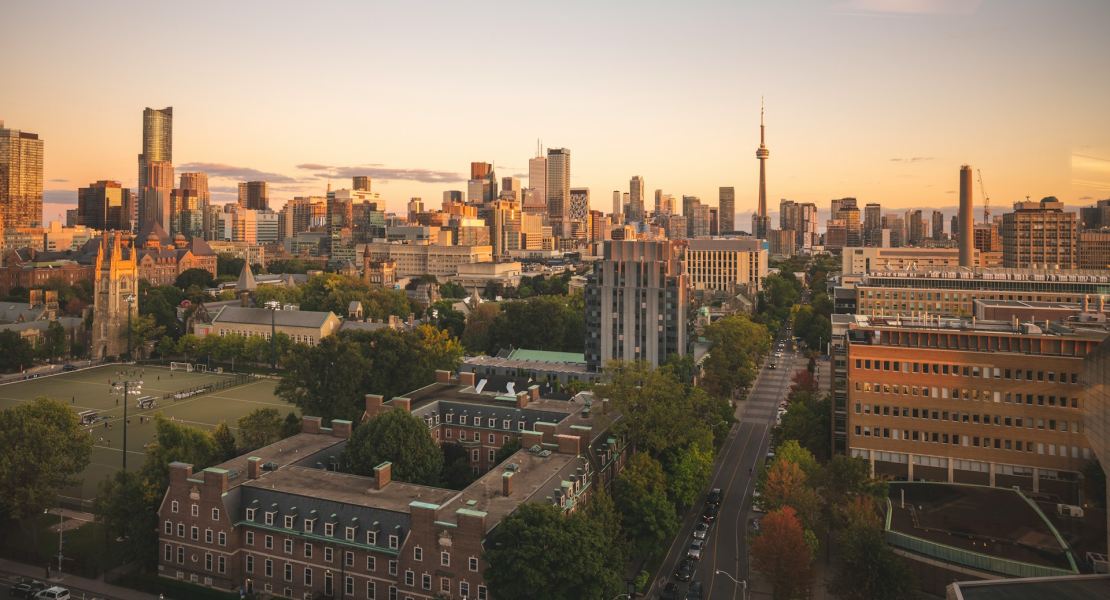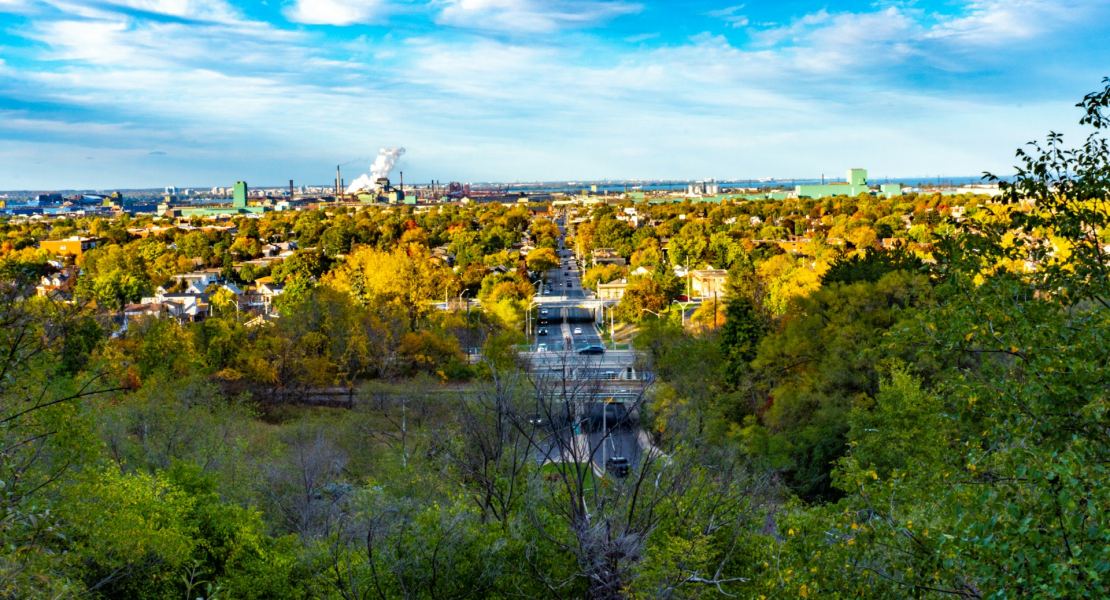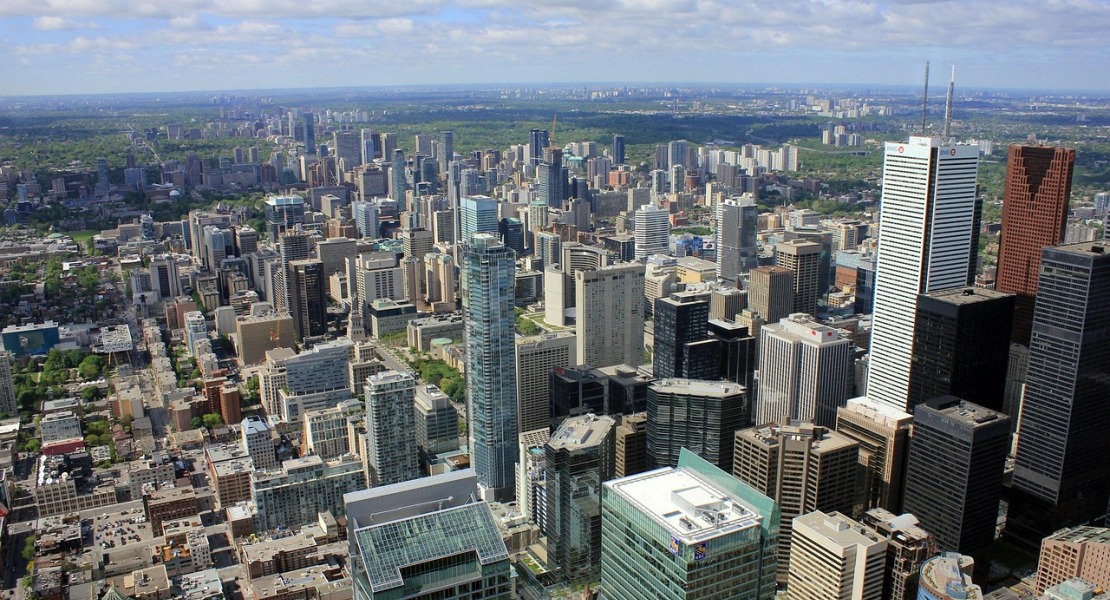Let’s be honest: house hunting in the Greater Toronto Area can feel like dating on hard mode.
There are hundreds of options. Everyone’s got an opinion. And just when you think you’ve found “the one,” it gets scooped up in a bidding war.
But here’s the twist: the secret to buying a home you actually love isn’t just about square footage or finishes. It’s about fit – and fit means choosing the right GTA neighbourhoods that match your lifestyle like a favourite pair of jeans.
So before you sign that mortgage or fall in love with a front porch, read this guide. You’ll walk away knowing exactly how to narrow your search, avoid buyer’s remorse, and find a community that feels like you.
1. Define Your Non-Negotiables
Before you even open realtor.ca, ask yourself: “What does my ideal day look like?”
Do you want to walk to your favourite indie café? Hear nothing but birds from your backyard? Be five minutes from Costco?
Listing your lifestyle non-negotiables will instantly help filter GTA neighbourhoods. Think about:
- Commute time (more on that in a sec)
- Walkability
- Noise levels
- Green space
- Schools (even if you don’t have kids – more on that too)
You’re not just buying a home – you’re buying how you live your life every day.
2. Think Commute Reality, Not Commute Fantasy
Let’s talk pain points.
One of the biggest regrets among buyers? Underestimating the commute.
Google Maps may say 35 minutes to downtown, but during rush hour, that can stretch to 75. Every. Single. Day.
If you’re working hybrid or fully remote, great – you’ve got more freedom. But if you’re commuting even twice a week, test it out during peak hours. Actually drive it or ride transit before you commit.
if you’re looking for a commute-friendly location, key transit-accessible GTA neighbourhoods include:
- Danforth (TTC subway, family-friendly, vibrant)
- Port Credit (GO Train, lake vibes, artsy)
- Vaughan Metropolitan Centre (TTC extension, brand new condos)
3. Do You Thrive on Energy or Crave Peace?
This is the lifestyle split that often trips people up.
Toronto’s urban core (think Queen West, King West, The Annex) offers culture, coffee shops, 24/7 action – but also noise, density, and less space.
On the flip side, GTA neighbourhoods like Oakville, Aurora, or Pickering offer quiet streets, backyards, and that “small town near the city” vibe.
There’s no wrong answer – just the wrong answer for you.
If you like:
- Nightlife, buzz, no-car living → Try Roncesvalles, Leslieville, Liberty Village
- Parks, schools, family space → Try Milton, Markham, Whitby
4. School Zones Matter (Even If You Don’t Have Kids)
Don’t skip this section just because you’re child-free.
Here’s why school zones matter: They impact property value.
Even if you never step foot inside the local elementary school, the perceived value of great school districts boosts resale potential and attracts stable neighbourhood growth.
Top-rated school-adjacent GTA neighbourhoods include:
- Don Mills
- Richmond Hill
- Burlington’s Orchard neighbourhood
- Markham’s Berczy Village
Bonus: Good schools often mean nearby parks, libraries, and a strong sense of community.
5. What’s the Vibe?
Some GTA neighbourhoods are picture-perfect – but feel sterile. Others are rough around the edges but rich in soul.
You can’t feel this through photos. You need to walk it. Go for coffee there. Visit on a Friday night and a Tuesday afternoon.
Ask yourself:
- Do I see people I relate to?
- Are the shops independent or corporate?
- Is this the pace I want?
If you crave character, look for historic homes and older commercial strips (like Newmarket’s Main Street). If you want shiny and new, explore developing areas with pre-construction growth like Vaughan or Milton.
6. Think 5 Years Ahead
Your life will change – but will your neighbourhood still work for you?
If you’re a couple planning kids in 2 years, your bachelor pad in King West may feel cramped fast.
If you’re single and moving to a sleepy suburb, you may feel isolated.
Choose GTA neighbourhoods that can grow with you. Maybe that means sacrificing square footage now to be near future transit, or picking a quieter area with rental income potential if you plan to upsize later.
7. Watch for “Next Big Thing” Signals
Want to be ahead of the curve? Watch for the signs of gentrification and transformation:
- New condo developments
- GO station plans or subway extensions
- Major retailers moving in (a Starbucks is usually followed by a Whole Foods… then bidding wars)
- Infrastructure investments (new schools, libraries, LRTs)
Right now, rising GTA neighbourhoods include:
- Oshawa (affordable + GO expansion)
- Whitchurch-Stouffville (small-town vibes, big growth)
- Mimico (waterfront condos, TTC access, quieter than downtown)
These are places where early buyers see long-term appreciation.
8. Ask the Locals (They Know Everything)
Want the real scoop? Talk to people who live there. Ask:
- What’s traffic like?
- Is it safe at night?
- Are the schools actually good – or just have good test scores?
- How’s the community vibe?
Check local Facebook groups, Reddit threads, or strike up a chat at the nearest dog park. People love talking about their neighbourhoods – especially the bad parts.
9. Match Your Budget to Your Priorities
This is where dreams meet spreadsheets.
If your dream area is out of budget, decide what you’re willing to compromise:
- Go smaller in your preferred area?
- Try a nearby neighbourhood with similar vibes but lower prices?
- Push a little further out for space but lose some walkability?
Sometimes the right choice is emotional. Sometimes it’s practical. Ideally, you find that beautiful middle ground where you wake up in a home that fits your life and your wallet.
For the Right GTA Neighbourhood For You
The right home in the wrong neighbourhood will always feel off.
But the right GTA neighbourhood makes even an imperfect home feel like home.
Take your time. Drive around. Trust your gut, but back it up with facts. This isn’t just about buying property – it’s about finding your place in the world (or at least in Southern Ontario).




